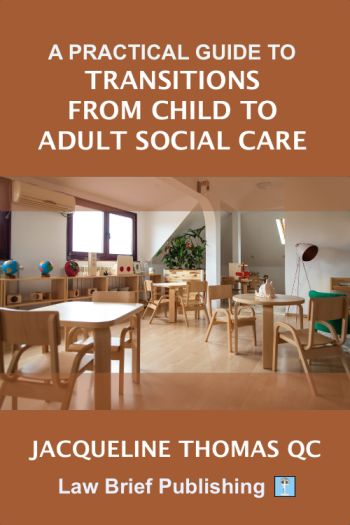
Young people aged 14 – 25 who have spent time in the care system, face a confusing network of legal provisions and procedures when it comes to the transition to adult social or health care services. Often the route through a problem isn’t clear to those trying to support the young person, either family or social workers, and at times the lawyers involved as well. For those with additional needs and vulnerabilities such as learning disabilities or autism, the transition to adulthood is too often a minefield for the young person and those around them.
With increasing and ongoing financial constraints in the field of social care being applied to both the child care and adult systems, it has become ever more difficult for families and social workers to navigate the pathway from a child in care to an adult with additional needs for support. There is a myriad of legislation purporting to assist with the move from one system to the other, all of which overlaps and some of which contradicts. In addition, government policy produces rhetoric aimed at smoothing the path from one system to another, but with sometimes little practical effect.
The transition from child care services to adult social care brings with it competing obligations under the Care Act 2014 and Mental Capacity Act 2014, as well as the interface with the Mental Health Act 1983 and the Children and Social Work Act 2017 and the accompanying guidance. There are also those instances when no legislation assists and it is necessary to invoke the inherent jurisdiction of the High Court. The spider web of the various provisions and procedures require a practitioner to navigate several strands at once, often beyond their immediate speciality.
This book aims to create a pathway through the process, in order to ensure that the rights of the young people and their families are properly met and the public bodies meet their obligations. The text aims to draw together the different pieces of legislation and policy in order to provide the reader with a collective understanding of the procedures that may be relevant for the young people and families that they support in their professional lives.